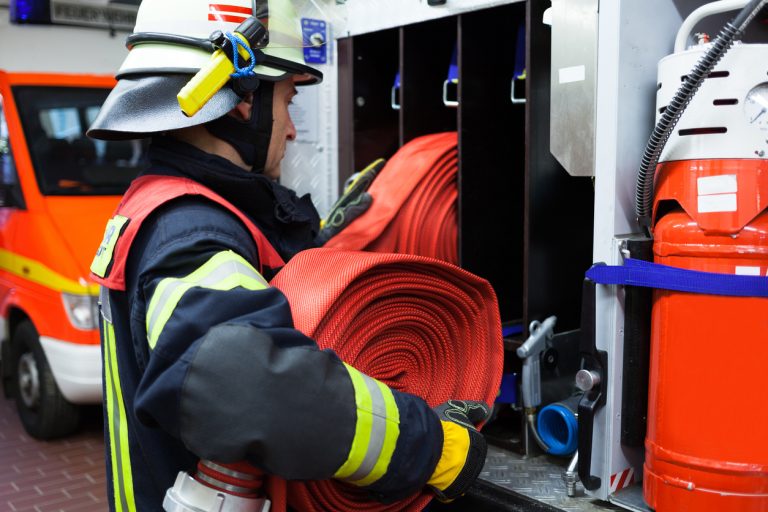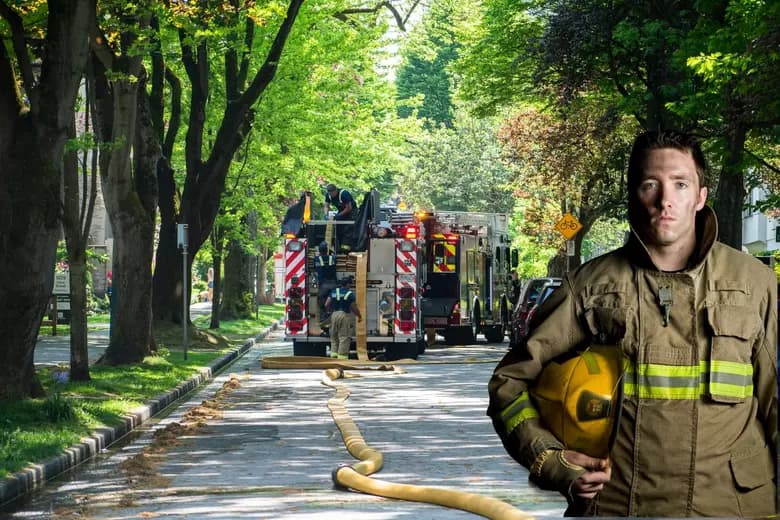Volunteer Firefighter Shortage Hits 20% Since 1985, Pushing Towns Toward Paid Services
As communities across the United States grapple with a growing shortage of volunteer firefighters, many towns may be forced to transition to paid firehouses, a move that could significantly burden taxpayers. Nearly 70% of fire crews nationwide are comprised of volunteers, according to the National Fire Department Registry. However, the pool of these dedicated civil servants is dwindling, raising concerns about public safety in smaller communities.
Background & Context
The role of volunteer firefighters has been a cornerstone of public safety in many American towns, particularly in rural and suburban areas. With approximately 20,000 volunteer firehouses operating across the country, these volunteers save taxpayers an estimated $46.9 billion annually—$4.7 billion of which is attributed to New York State alone, as reported by the Association of Fire Districts of the State of New York. This financial relief is critical, especially in smaller municipalities where budgets are tight.
However, the landscape of volunteer firefighting is changing dramatically. Between 1985 and 2020, the number of volunteer firefighters decreased by over 20%, according to the National Volunteer Fire Council (NVFC). This decline is occurring alongside a staggering increase in emergency calls, which have more than tripled during the same period. The combination of fewer volunteers and a higher demand for services creates a perfect storm that threatens the viability of volunteer fire departments across the nation.
Key Developments
Recent studies highlight the critical state of volunteer firefighting. The NVFC has been vocal about the implications of this shortfall, noting that many firehouses are struggling to maintain adequate staffing levels. “The reality is that as the number of volunteers decreases, the heavy lifting falls on an ever-smaller group of individuals,” said NVFC spokesperson Jane Doe. “This not only puts strain on the volunteers themselves but also jeopardizes the safety of the communities they serve.”
Some towns are already feeling the effects of this shortage. In regions where volunteer firehouses have closed, local governments have had to consider transitioning to paid fire services. This shift is not just a logistical challenge; it also comes with significant financial implications for taxpayers, who may face increased taxes or fees to support a paid firefighting force.
\n\n
Image for Volunteer Firefighter Shortage Hits 20% Since 1985, Pushing Towns Toward Paid Services
Broader Impact
The implications of a dwindling volunteer firefighter pool extend beyond immediate safety concerns. Economically, towns that switch to paid services may find themselves in a cycle of rising costs, which could lead to budget shortfalls in other essential services. Communities already struggling with financial constraints may find it increasingly difficult to allocate resources to emergency services.
Moreover, this trend raises questions about community engagement and civic responsibility. Volunteer firefighting has historically fostered a sense of community and connection among residents. As fewer individuals step up to serve, the fabric of local communities may fray, leading to broader societal impacts. Experts warn that if this trend continues, the very essence of community involvement in public safety could be at risk.
What"s Next
As the issue of volunteer firefighter shortages gains attention, various stakeholders are exploring potential solutions. Some communities are investing in recruitment drives and offering incentives to attract new volunteers, while others are looking into partnerships with neighboring towns to share resources effectively. Additionally, legislative efforts are underway in some states to provide financial assistance to volunteer departments, aiming to bolster their ranks.
Looking ahead, it will be crucial for policymakers, fire departments, and community leaders to address this pressing issue collaboratively. The upcoming months may see increased discussions around funding, recruitment strategies, and community engagement initiatives to avert a crisis that could redefine public safety in America. As previously reported, similar situations have arisen in other sectors, emphasizing the need for proactive measures to sustain essential services like firefighting in the face of changing demographics and economic pressures.

Image for Volunteer Firefighter Shortage Hits 20% Since 1985, Pushing Towns Toward Paid Services








![[Video] Vladimir Putin delivers speech in military uniform](/_next/image?url=%2Fapi%2Fimage%2Fthumbnails%2Fthumbnail-1764621642413-vh08a-thumbnail.jpg&w=3840&q=75)